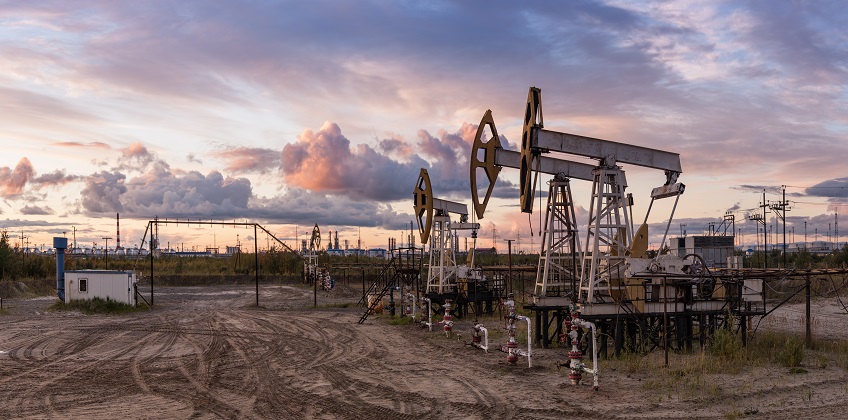The exploration and production of hydrocarbons – oil, natural gas, and natural gas liquids, as well as oil field services and equipment comprises the upstream sector of the oil and gas industry. It is the portion of the industry that does all the initial heavy lifting, after which comes the midstream sector (transportation, processing, and storage) and finally, the downstream sector (refining into finished products and distribution). In this blog, we help people looking for oil and gas investment opportunities in Texas get a better understanding of upstream operations.
Defining the Oil and Gas Upstream Sector
The oil and gas upstream sector comprises two components
Exploration and Production
Companies that partake in the exploration and production of oil and gas explore new sources and drill wells to extract the resources. They come in all sizes ranging from private family-run operations overseeing a few wells to multinationals that operate assets across the globe. They usually lease land from the government or individuals and can operate several types of oil fields or have a narrow focus. After a discovery is made, more money is invested to drill and erect the required infrastructure. E&P operations naturally call for large investments in capital on a continuous basis to explore and drill new wells that can replace legacy wells as they get depleted gradually.
Also Read- Direct and Indirect Investment Options for Oil
Oil Field Service and Equipment
The Oil Field Service and Equipment segment plays a supportive role to E&P operations by rendering the much-needed services, equipment, and products during exploration and production of oil and gas. There are three main stages of the drilling process for which services are provided.
- Exploration Services – The services are designed to help E&P companies identify promising prospects and include seismic and geophysical testing. Other services include reservoir testing to ascertain reservoir viability and a number of other factors.
- Drilling Services – Covers the operation of onshore and offshore drilling rigs.
- Well Completion Services – Includes preparing newly-drilled wells for production through things like cementing and fracking.
How Profits are Made During Upstream Operations
- E&P companies sell their oil and gas at the going market rates, which is why they are sometimes referred to as ‘price takers.’ Forces of supply and demand act on the rates resulting in price fluctuations.
- Oil-field service companies make money from the services and equipment that they provide to E&P companies. Most of their business is based on short-term contracts although some sign long-term contracts leading to some revenue visibility.
Last Word
Prospective investors looking for oil and gas investment projects should choose companies with low costs, given the upstream sector’s exposure to price volatility. It helps to partner with one of the proven energy investment firms to better align your decisions and investment objectives. Main Oak Capital is a direct Investment Company in Texas that can help you invest in E&P’s that can maintain current production rates at prices that are well below $50 a barrel and service companies that promise a steady flow of attractive returns. To get answers to all your questions and discuss your available energy investment opportunities, call (972) 544-1645 or email info@mainoakcapital.com. You can also fill out our contact form, and we will get back to you as soon as possible.





